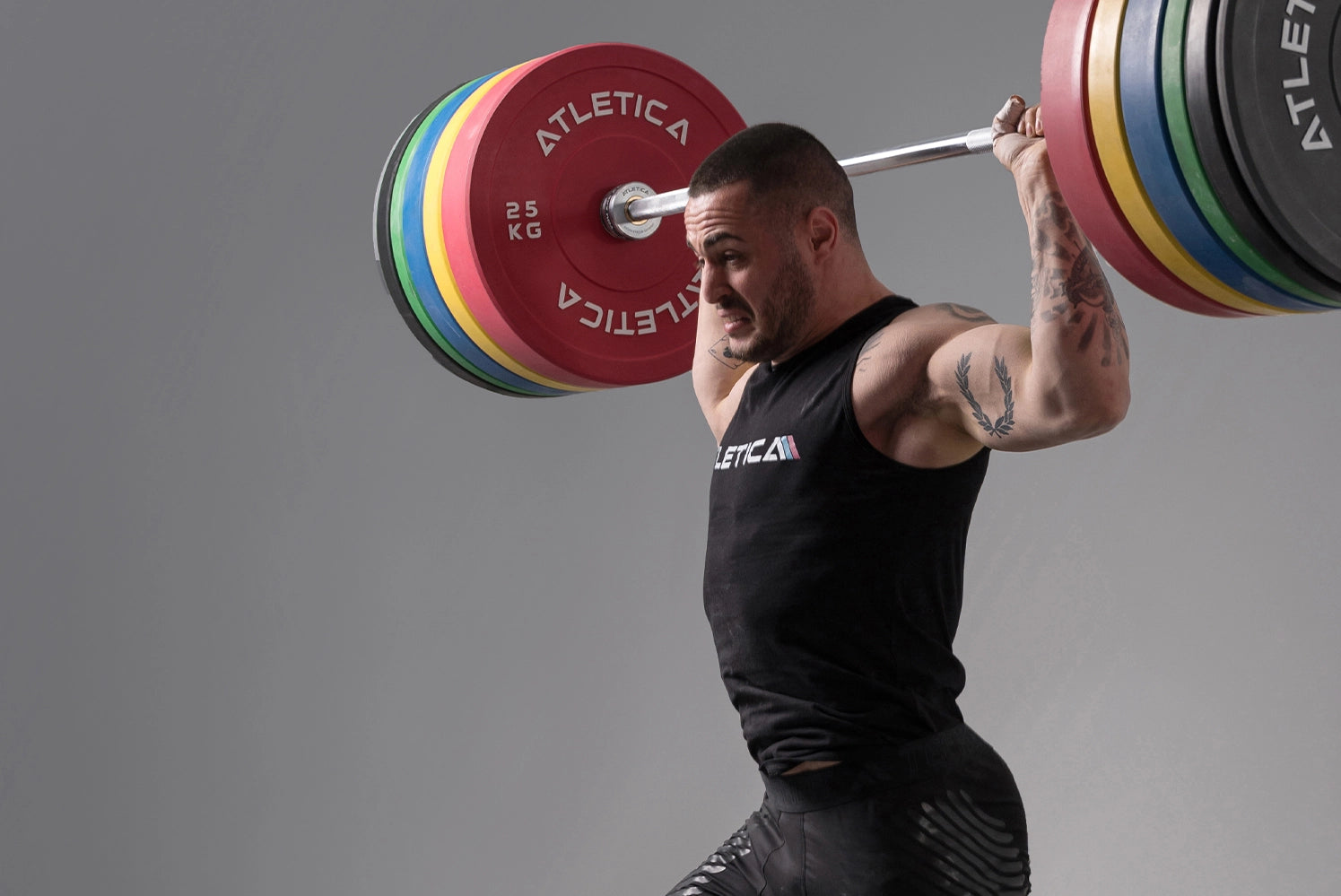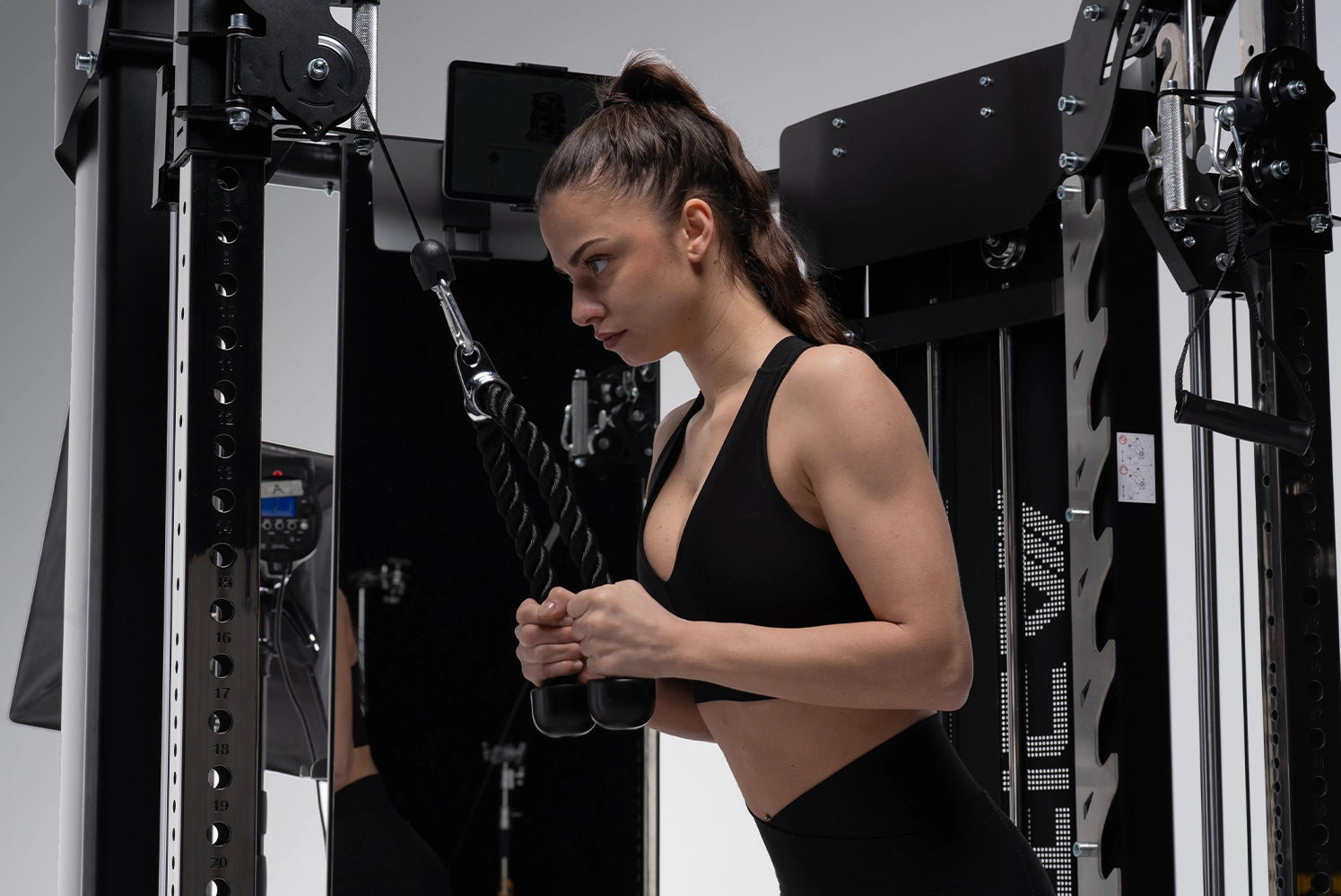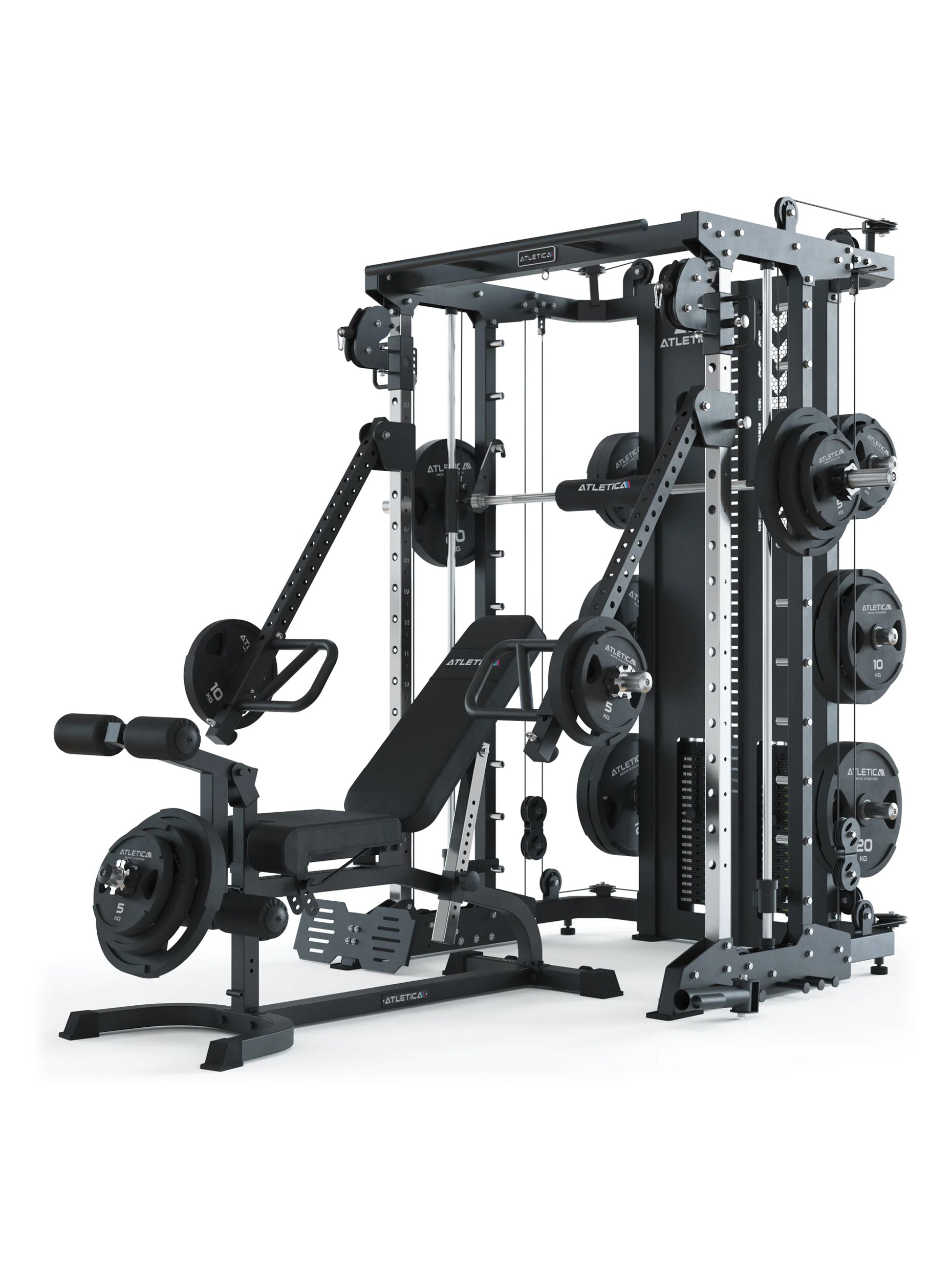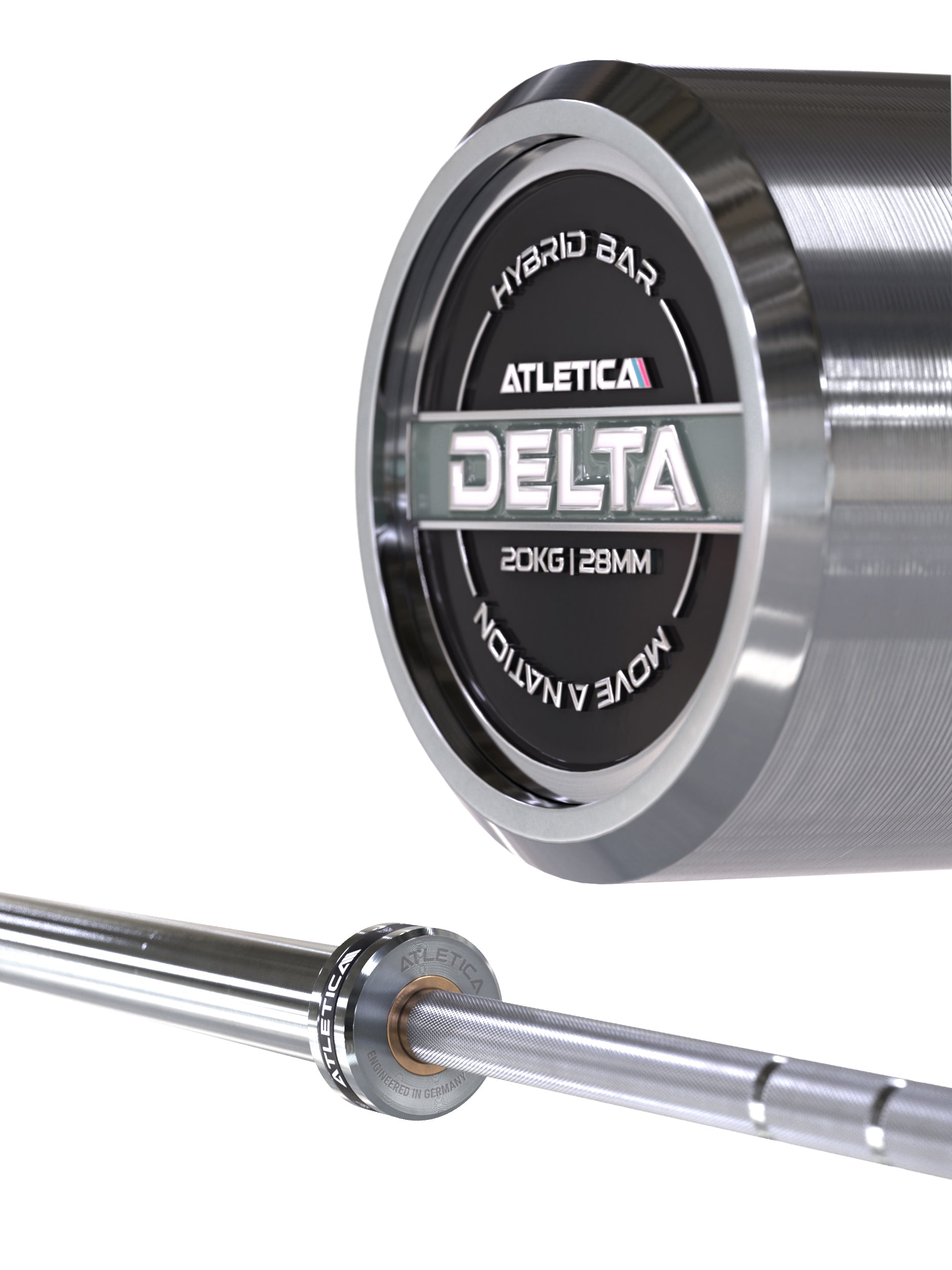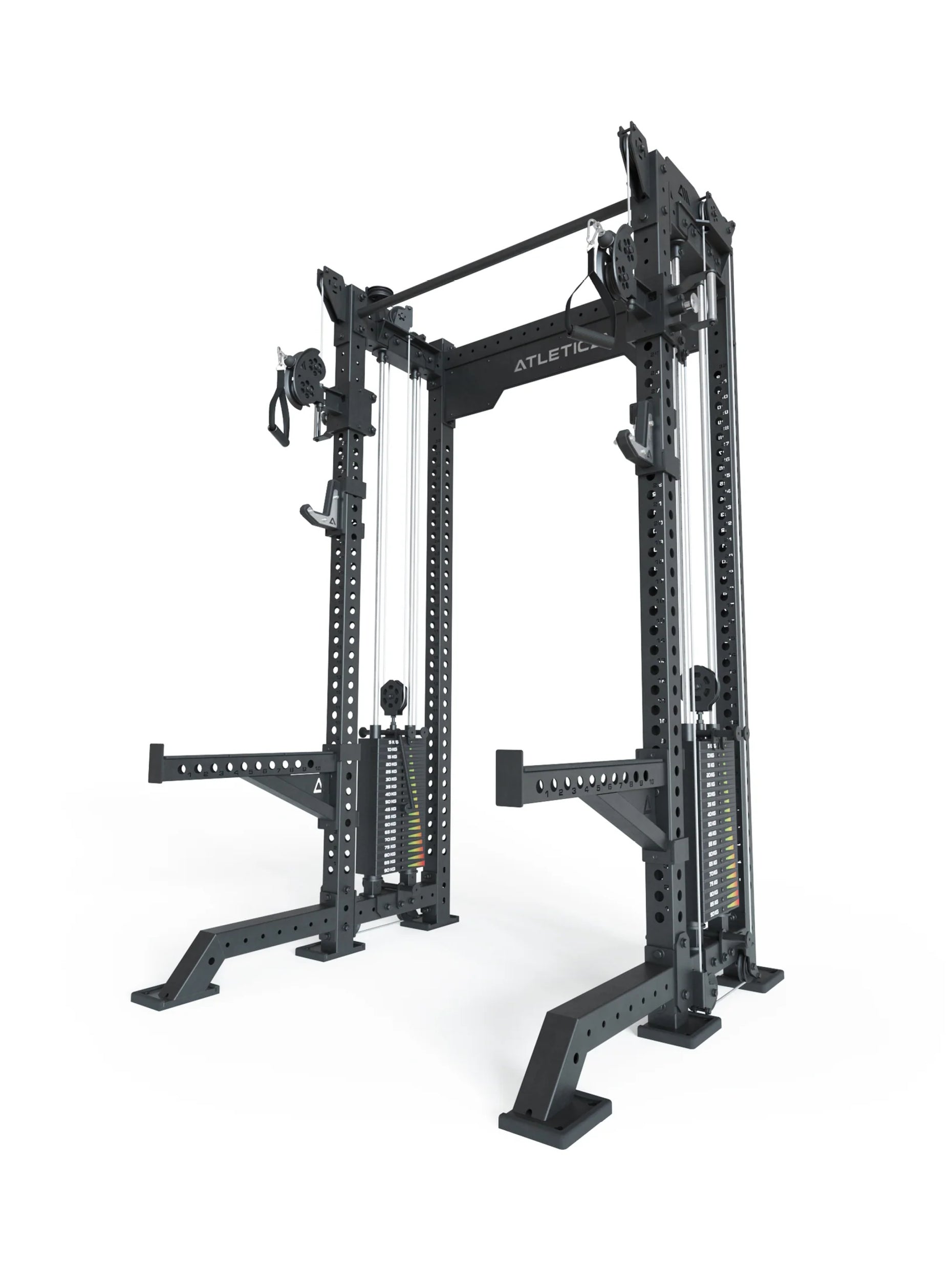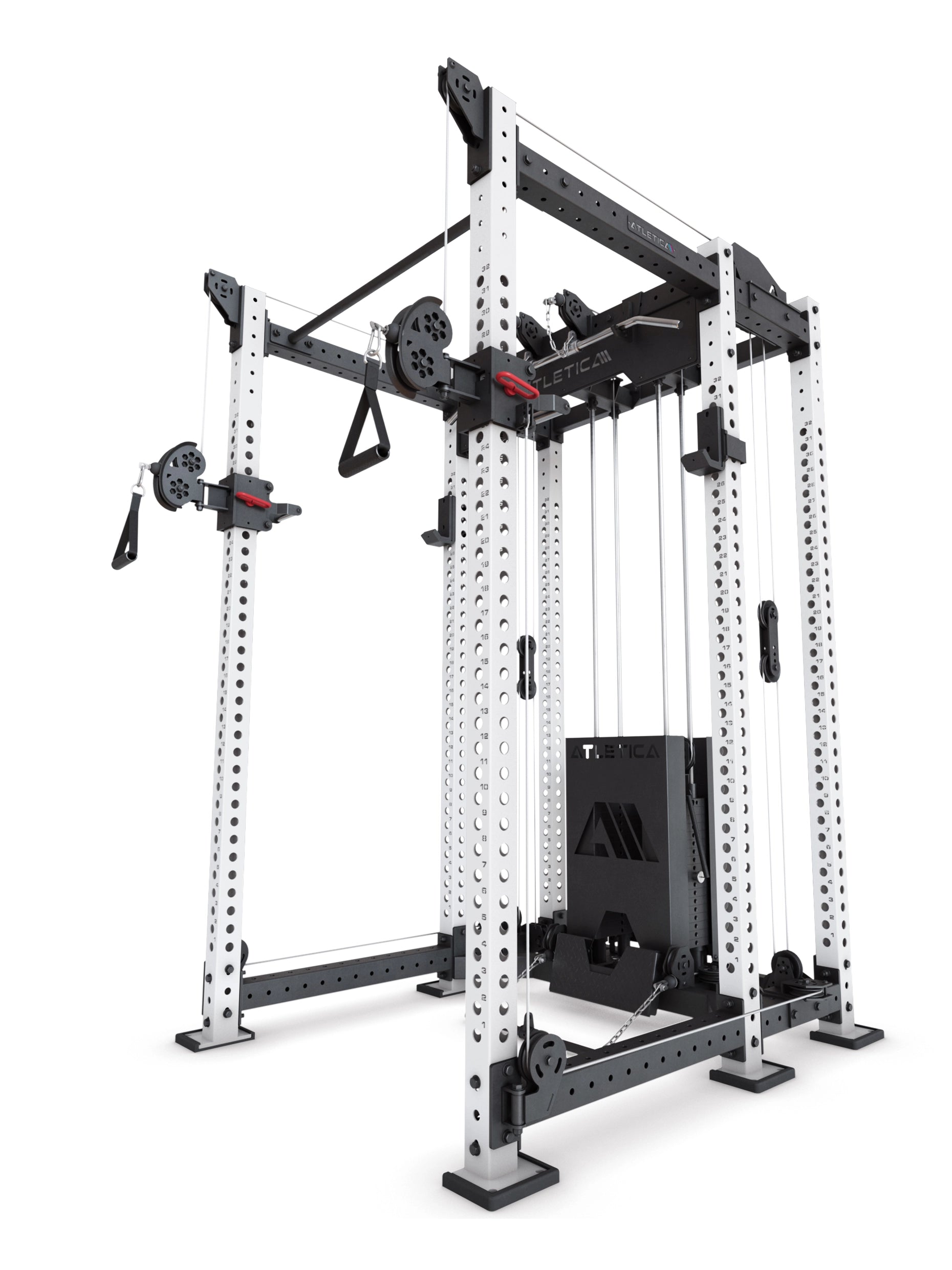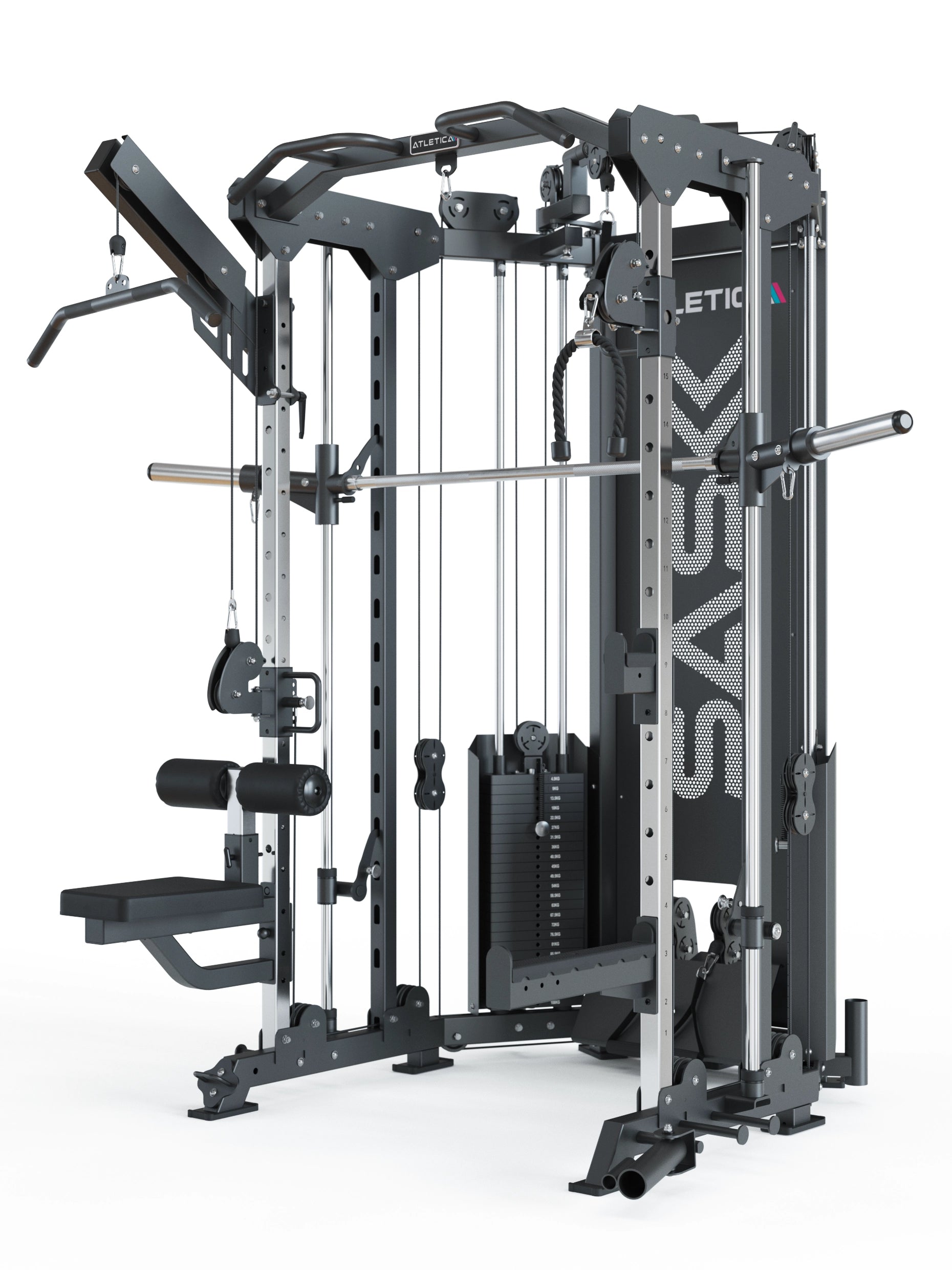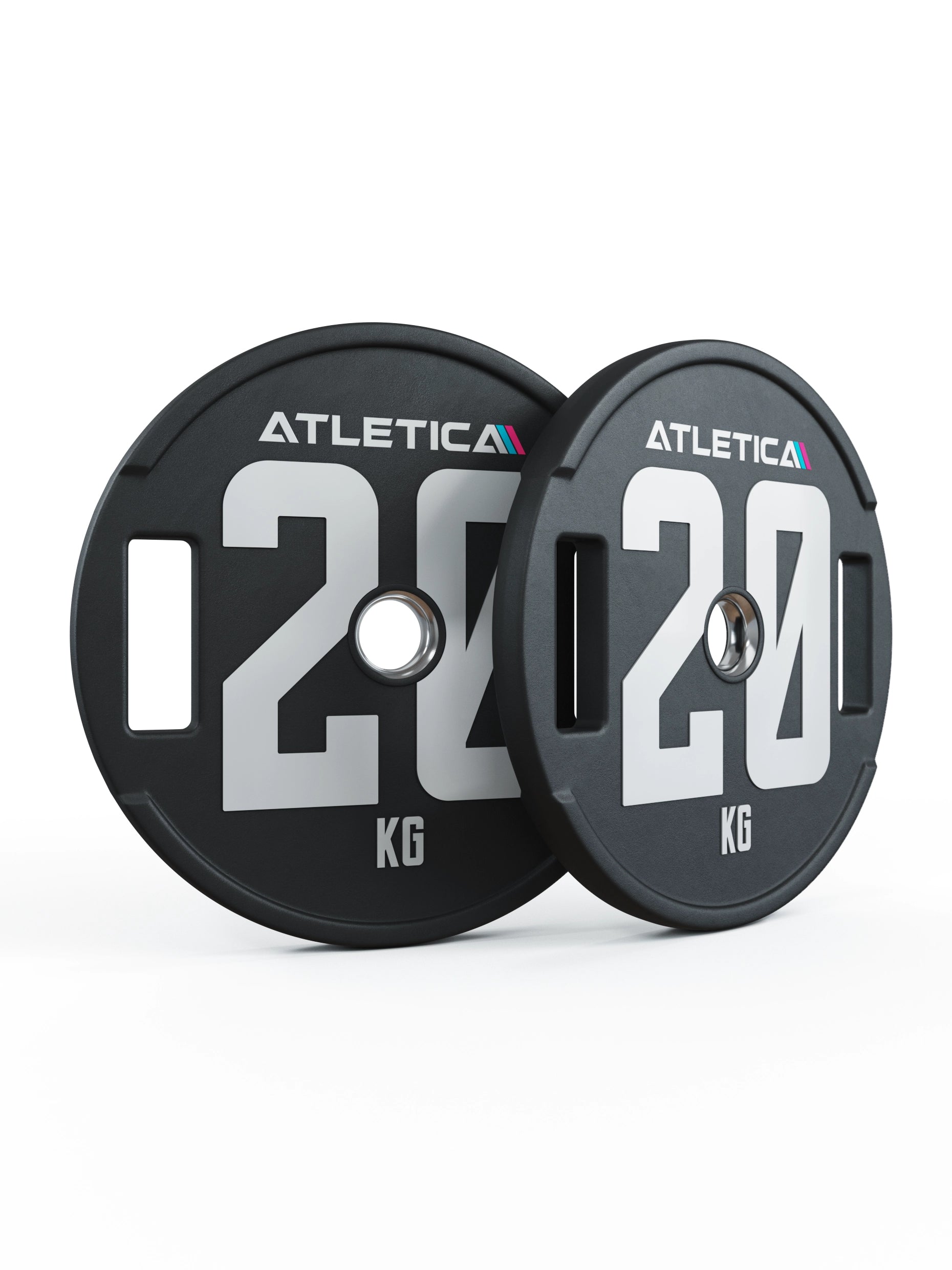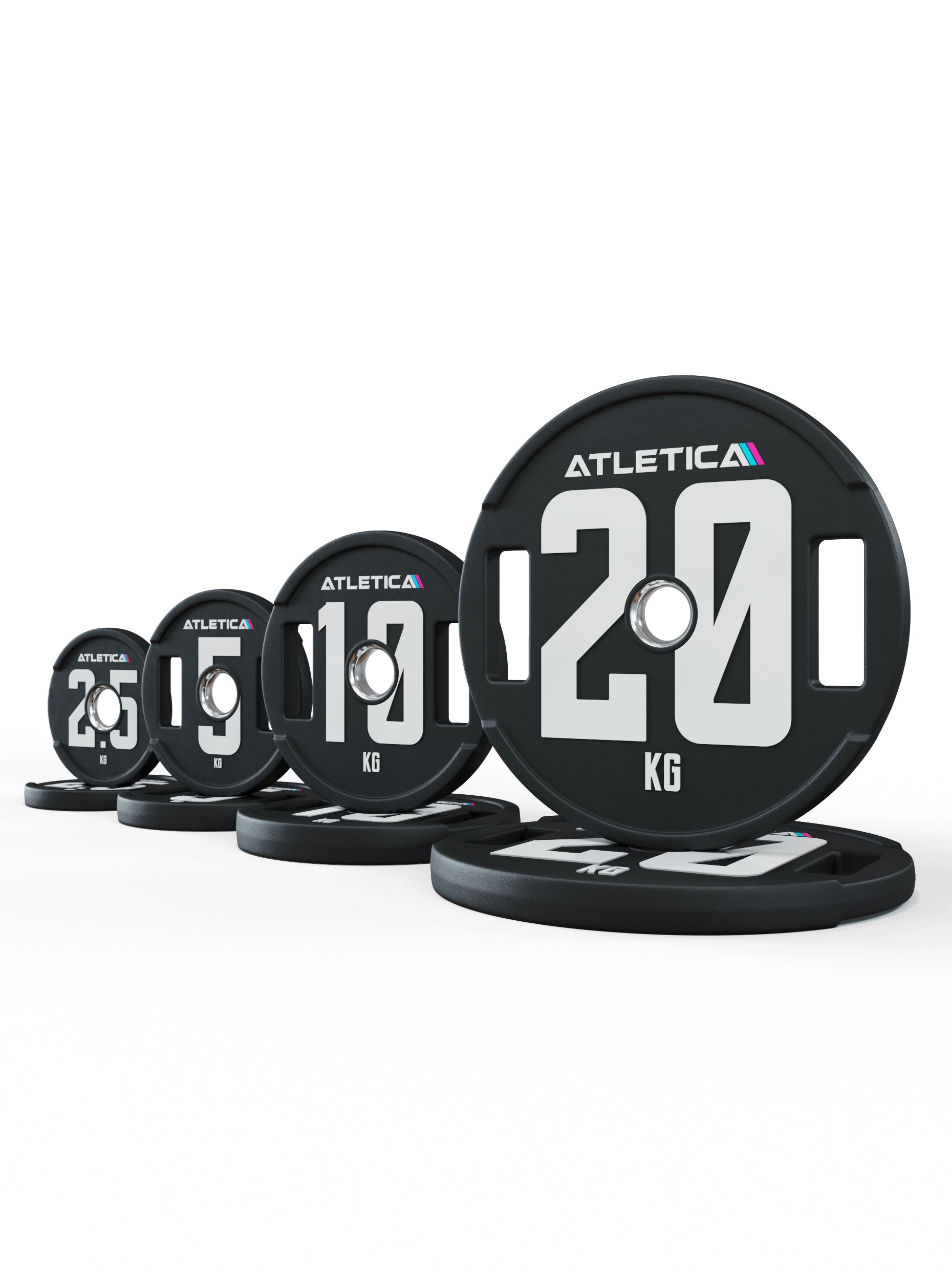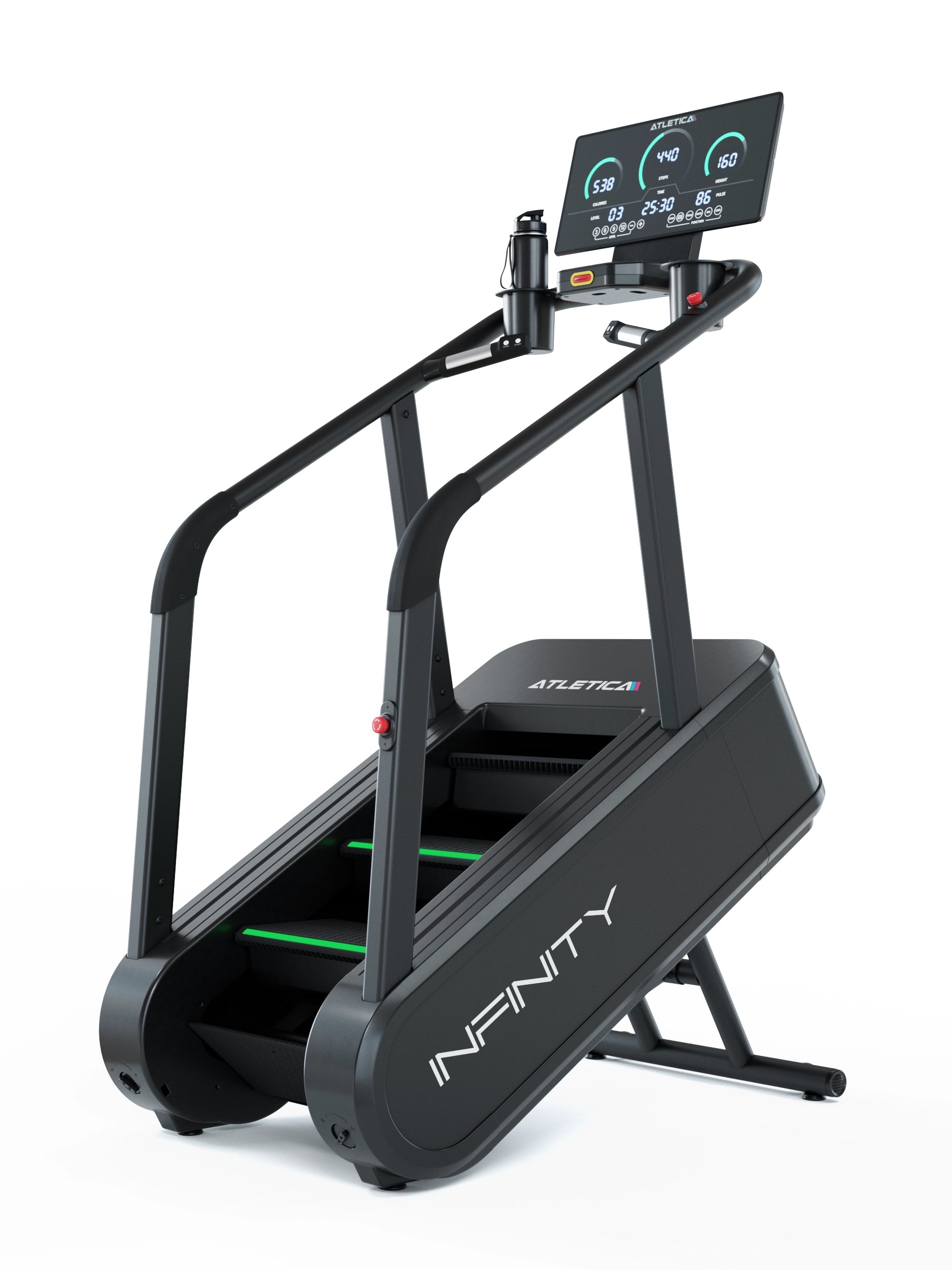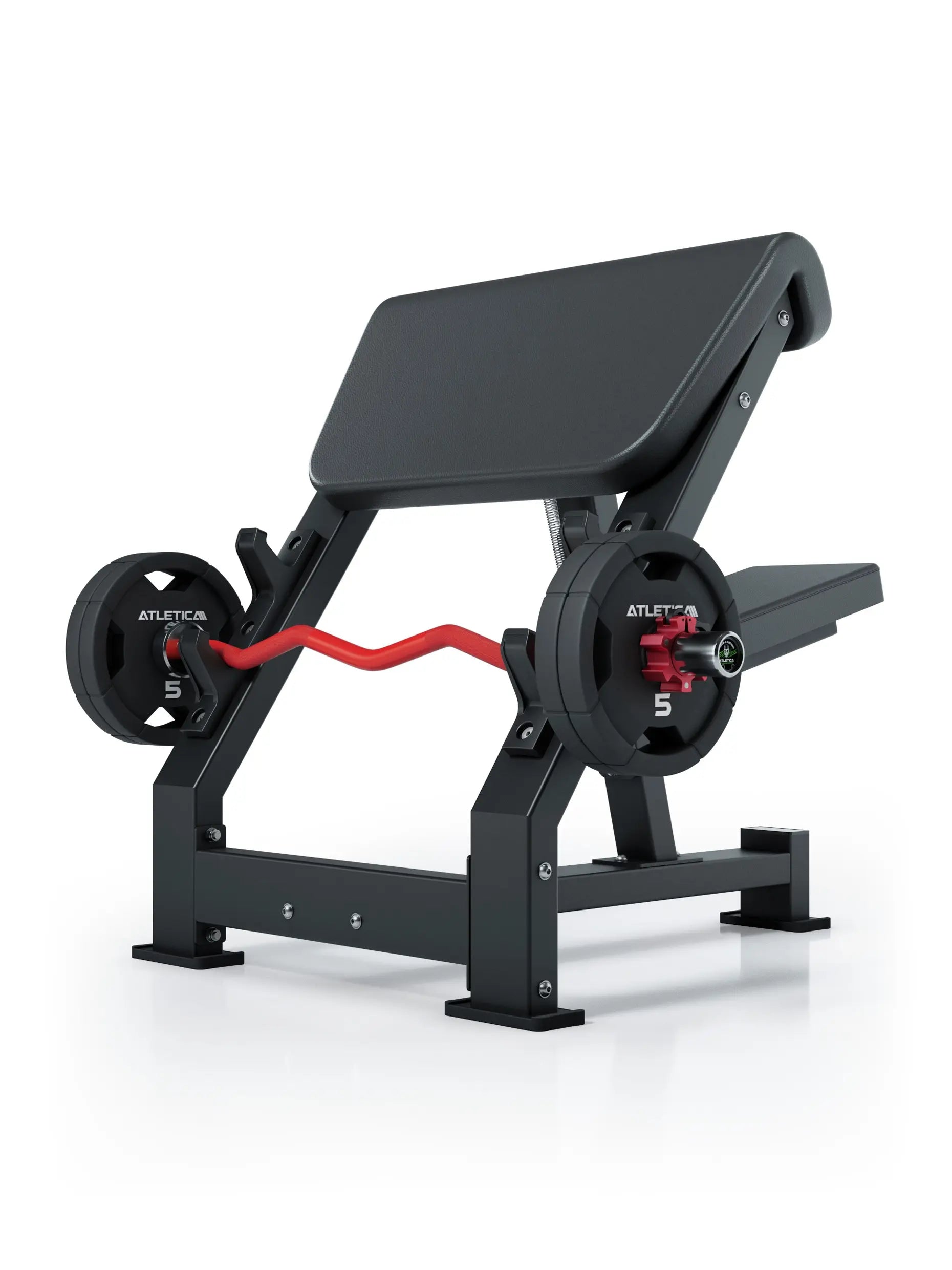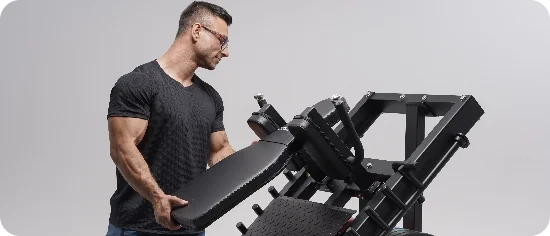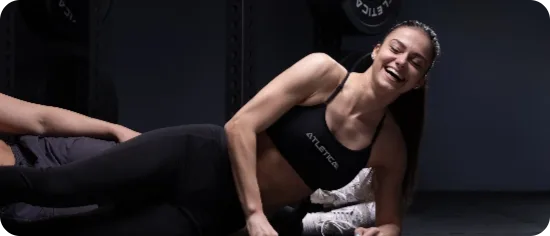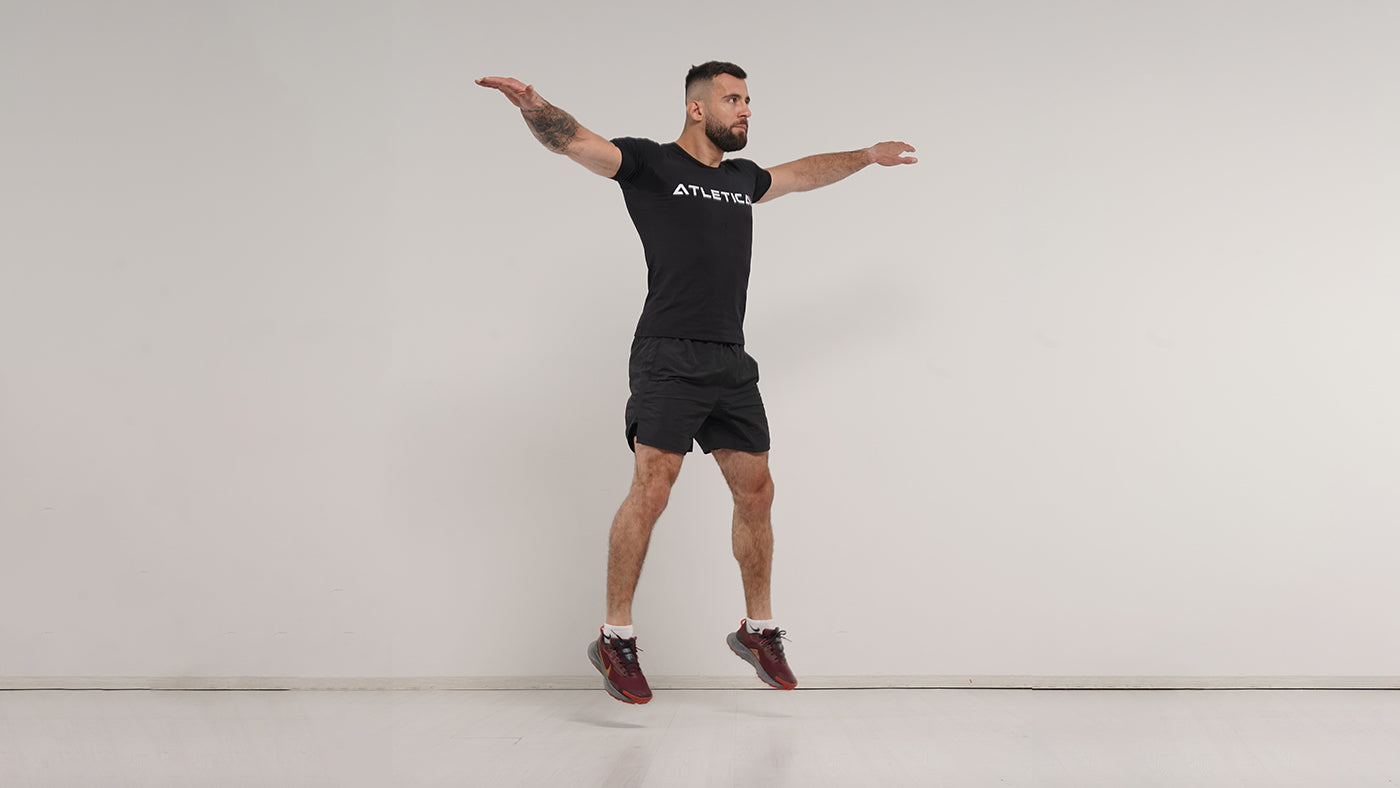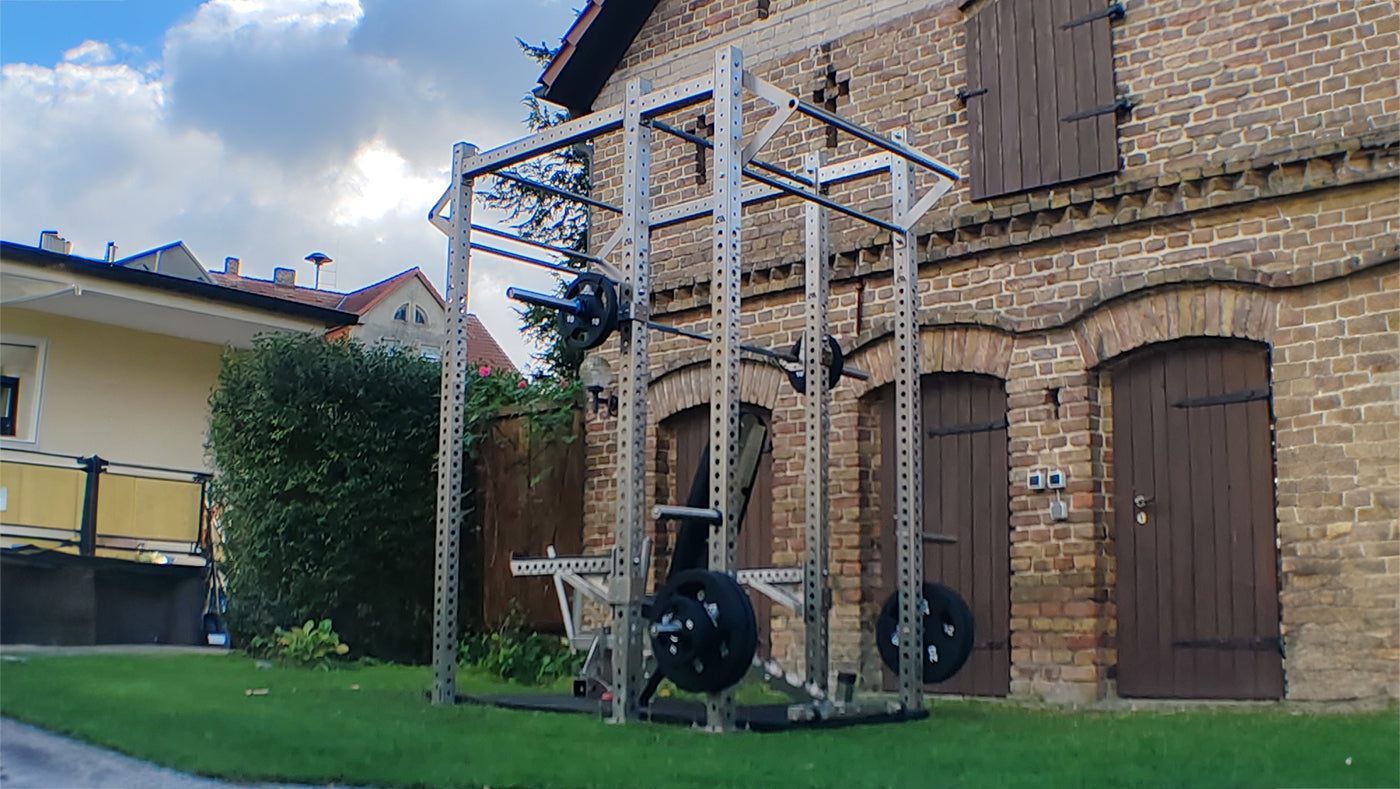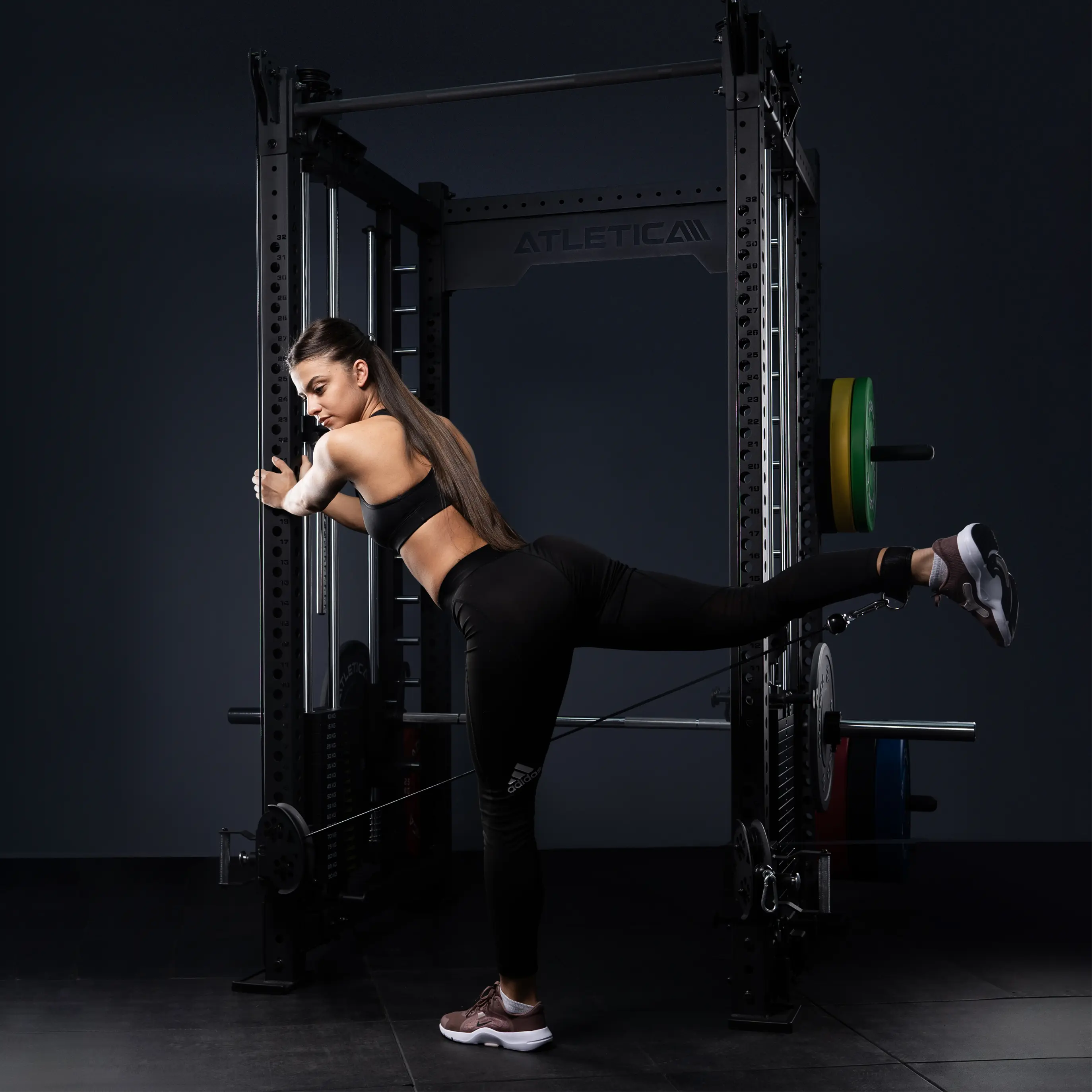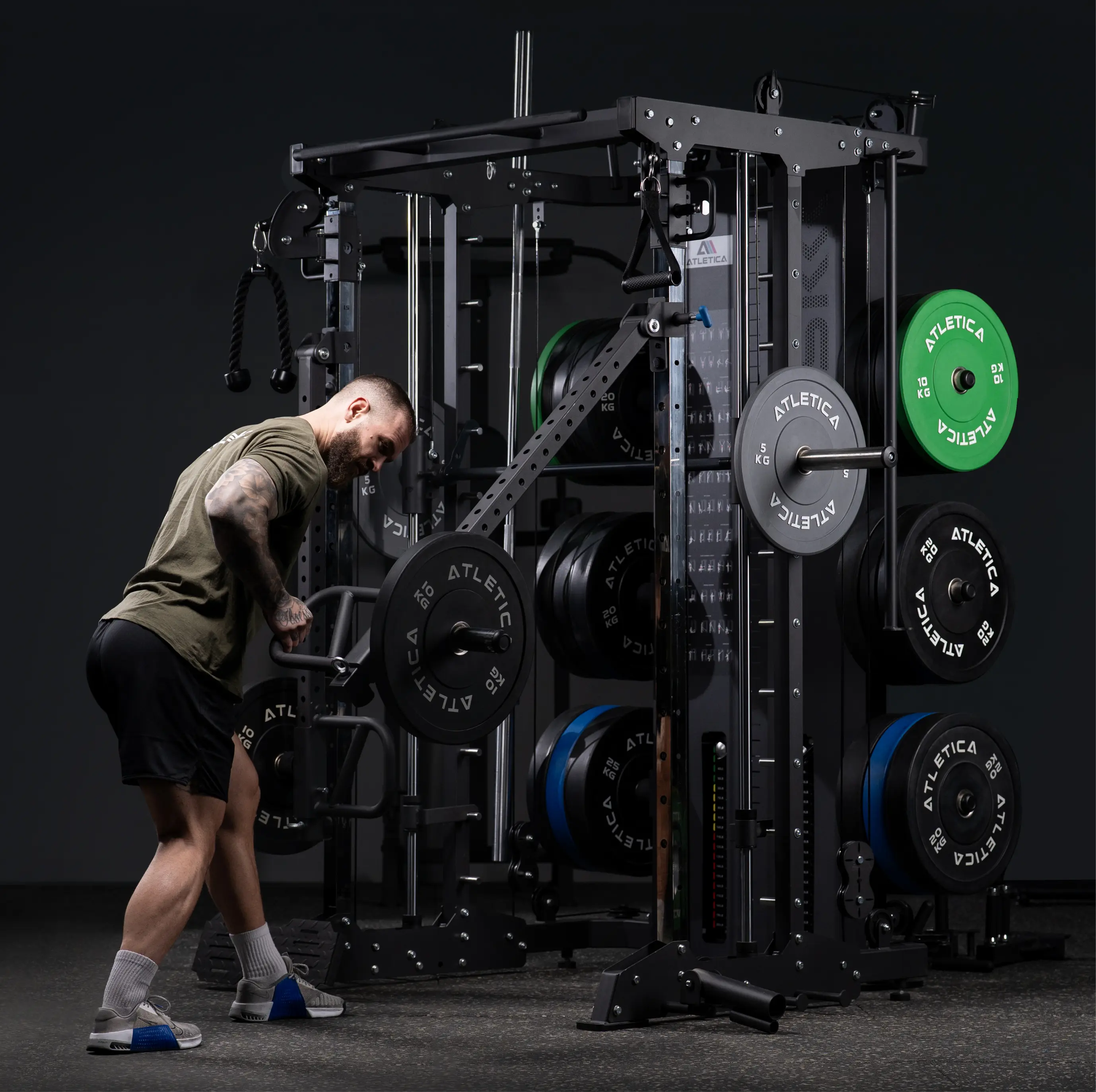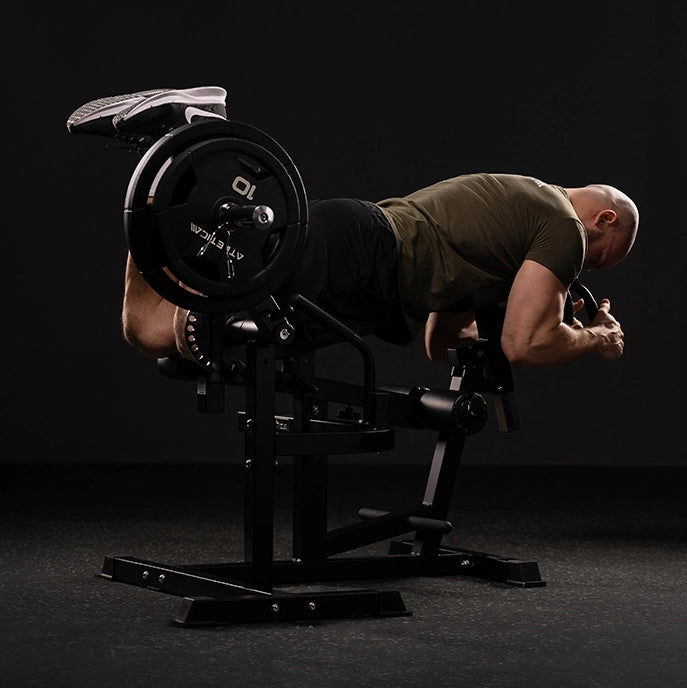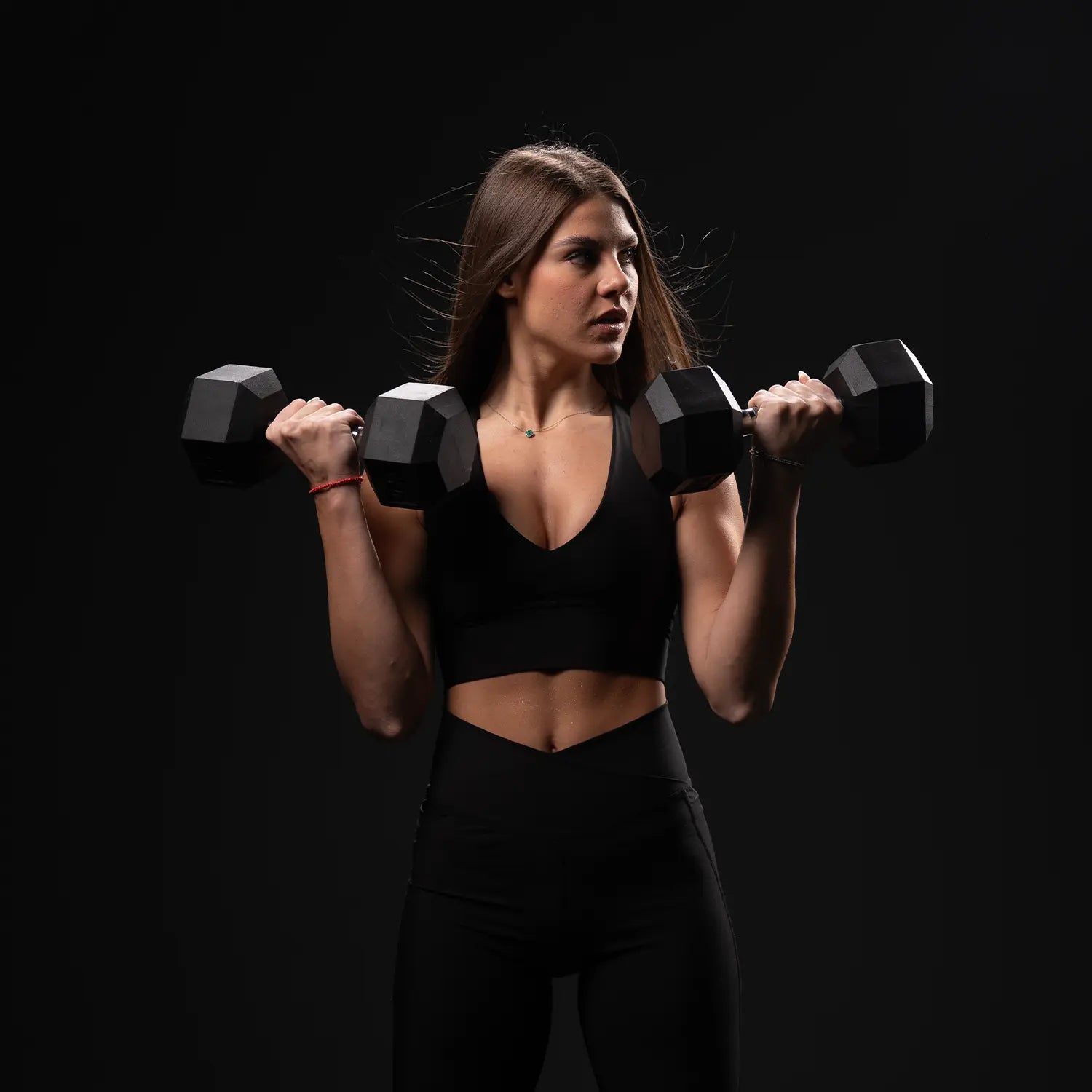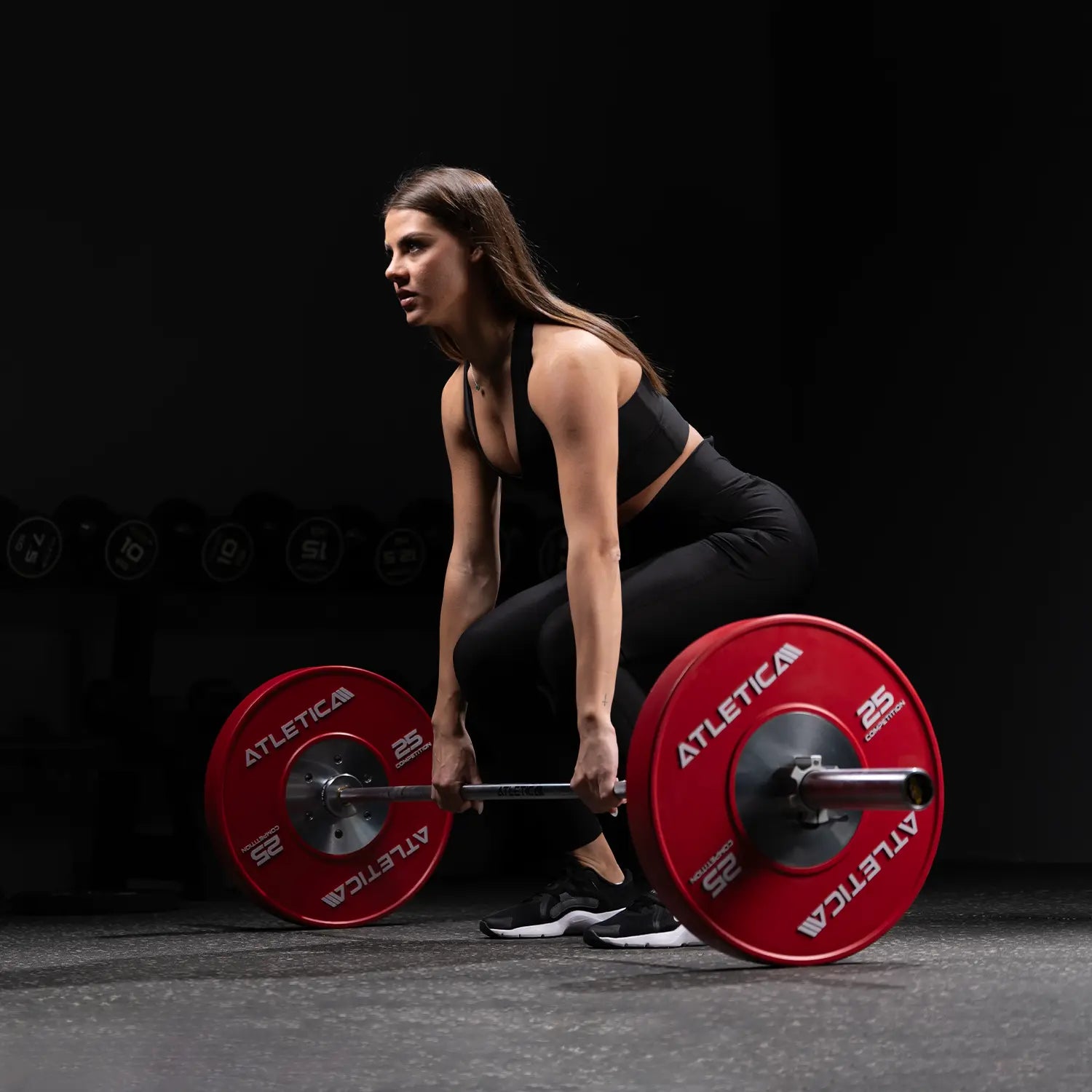Do you want to set up a running club or re-equip your existing club? In this article, you will learn why the right equipment is so important and which devices and tools you need to offer your runners the best training opportunities. Whether for beginners or ambitious competitive runners - we will show you how to set up your club optimally to promote performance, safety and motivation.

Setting up running clubs – why the right equipment is so important
Setting up a running club requires not only passion for the sport, but also the right equipment to ensure professional and safe training. The equipment provided by a running club is crucial to the success of the athletes and the long-term health of the members. A well-equipped club offers runners the opportunity to improve their skills, prevent injuries and effectively achieve their training goals.
The right equipment plays a key role as it allows runners to train under optimal conditions. Whether preparing for competitions or in everyday training, athletes need tools that support their endurance, speed and agility. This includes not only training equipment, but also the infrastructure that ensures that different training methods and intensities can be covered.
Safety is another crucial factor. Runners are often exposed to high levels of stress and without the right equipment, the risk of injury increases. With the right equipment, the risk of injury can be minimized and runners can steadily improve their physical performance without overexerting themselves. In addition, well-chosen equipment increases the motivation of members to train regularly and develop further.
In short: The right equipment is not only important for effective training in running, but also for the safety and long-term well-being of the athletes. A well-equipped club creates the best conditions to support the sporting goals of its members and offer them a professional environment.

Setting up running clubs – what sports equipment do you need?
The equipment of a running club should offer runners a holistic training environment that supports not only the running training itself, but also the strengthening of the whole body, endurance and injury prevention. Here are the most important sports equipment and training aids that should not be missing in a well-equipped running club:
1. Treadmills
Treadmills are the heart of every running club, especially for indoor training. They allow runners to work on their running technique, endurance and speed regardless of weather conditions. Modern treadmills offer a variety of programs such as interval runs, hill training or speed tests and enable precise control of training intensity.
2. Running track or tartan track
An outdoor running course or tartan track is ideal for moving your running training outdoors. Such routes offer the opportunity to measure distances precisely and integrate special running units such as sprints or technical exercises. A well-padded tartan track also protects the joints and reduces the risk of injury.
3. Ergometer and bicycle ergometer
Exercise bikes or classic ergometers are ideal for increasing endurance and training cardiovascular function without putting too much strain on the joints. They offer an effective way to train endurance, especially during phases when runners are recovering from injuries or preparing for other endurance sports.
4. Strength training equipment
Runners not only need strong legs, but also a stable core. Strength training equipment such as leg presses , squat racks , barbells and kettlebells are essential for strengthening leg and core muscles. These devices help runners improve their running economy, prevent injuries and run stronger and more efficiently overall.
5. Coordination ladders and hurdles
Agility ladders and hurdles help runners improve their footwork, speed and agility. These training aids are particularly useful for technique training and improving foot speed, which has a positive effect on running performance. They are ideal for sprinters, but also for long-distance runners who want to work on their speed.
6. Jump ropes
Jump ropes are a simple but effective tool for improving leg strength, endurance and coordination. They improve footwork and stamina and are a great addition to running training. Regular rope jumping increases speed and endurance and improves running technique.
7. Fascia rolls and massage devices
Fascia rollers and massage devices are essential for regeneration and injury prevention. They support runners in self-massage and help to relieve muscle tension, improve mobility and promote blood circulation. Regular fascia training reduces the risk of overuse injuries and supports recovery after intensive training sessions.
8. Balance and stability trainer
Balance cushions and stability trainers such as bosu balls or wobble boards are ideal for strengthening foot and core muscles and improving coordination. They help stabilize joints and minimize the risk of falls or injuries while running. These devices are especially valuable for runners who want to work on their core stability and prevent injuries.
9. Stretching and mobility equipment
Regular stretching is essential to maintain flexibility and prevent injuries. Stretching bands , yoga mats and mobility bars are important tools for specifically improving runners' mobility. It is particularly important to stretch and mobilize the muscles after intensive running sessions to promote regeneration.
10. Plyoboxes
Plyometric training improves explosive power and jumping ability, which is also important for runners to improve speed and acceleration. Plyoboxes are used to perform exercises such as box jumps, which train strength as well as coordination and explosiveness.
11. Heart rate monitors and GPS watches
Heart rate monitors and GPS watches are essential for optimal training control. These devices give runners precise feedback on their exertion and help them to make their training more efficient. Heart rate monitors help runners train in the right pulse zones to avoid over- or under-exertion, while GPS watches provide precise distance and speed data.
12. Pull-up bars and dip bars
Pull-up bars and dip bars are great additions to upper-body strength training. They help runners strengthen their core and arm muscles, which is especially beneficial for maintaining stable posture during longer runs.

The right equipment for a running club goes far beyond providing running routes. With treadmills, strength training equipment, balance tools and mobility aids, runners can train comprehensively and improve their performance. A well-equipped club not only offers optimal training conditions for running itself, but also supports runners in developing strength and mobility as well as in regeneration - all crucial factors for the long-term success and health of the athletes.
Buying the right sports equipment – what should you pay attention to?
When purchasing exercise equipment, there are many important aspects to consider to ensure that the equipment is durable, safe and functional. Whether for a commercial gym, a home gym or a club, choosing the right equipment is crucial to achieving training goals and ensuring high user satisfaction. Here are the most important points to look out for when purchasing exercise equipment:
1. Quality and workmanship
The quality of the sports equipment is the most important factor as it determines the durability and reliability of the equipment. High-quality materials such as steel frames, durable upholstery and long-lasting cables guarantee that the equipment will work for years, even with intensive use. Look for well-made connections, solid welds and stable feet to ensure that the equipment is robust enough for daily use.
2. Security
Safety is a top priority, especially with strength training and cardio equipment. Adjustable safety guards, emergency stops on treadmills and non-slip handles are important features that minimize the risk of injury. For equipment such as squat racks or multi-presses, it is important to have safety rests that make training safe, especially with heavy weights. Stable construction and safe operating mechanisms also contribute to safety.
3. Ergonomics and user-friendliness
Ergonomically designed equipment is important to ensure correct posture and movement. Adjustable seats, backrests and handles make the equipment adaptable to different body sizes and fitness levels, which increases comfort and safety. Operation should be intuitive and simple so that users can start training quickly and without much effort.
4. Versatility and functionality
Multifunctional equipment offers a variety of training options and saves space. For example, cable machines that can be used for multiple muscle groups or adjustable weight benches can offer versatile options for different exercises. Such equipment is particularly valuable for small rooms or home gyms, as it covers several training goals with one device.

5. Maximum load capacity
Depending on the environment in which it is used (e.g. commercial gym or home gym), it is important to consider the maximum load capacity of the equipment. Strength training equipment in particular should be able to bear high weight loads in order to safely support advanced athletes. Make sure that the equipment is suitable for the target group that will be using it.
6. Space requirements
Before you buy the equipment, you should carefully plan the available space in the gym or training room. Large equipment such as treadmills, power racks or rowing machines require sufficient space to be used safely. It is important to leave enough room to move around the equipment. Multifunctional equipment can help to make the best use of the available space without compromising on training variety.
7. Maintenance effort
Sports equipment should be designed to be as low-maintenance as possible. Low-wear cables, long-lasting bearings and easy-to-clean surfaces help to keep maintenance to a minimum and extend the life of the equipment. Before buying, check whether the manufacturer offers a maintenance or repair service and how easily spare parts are available.
8. Costs and budget
Budget plays a big role in choosing appliances. It is important to invest in quality, as cheap appliances often wear out faster and can incur higher maintenance or replacement costs. Make sure you get good value for money and plan your budget so that you purchase durable appliances that are cost-effective in the long run.
9. Warranty and Service
A long warranty period often indicates the high quality of a device. Check the manufacturer's warranty conditions and make sure that reliable customer service is offered. If repairs are necessary, the service should be quick and easy to reach. The availability of spare parts is also an important factor in ensuring the longevity of the devices.
10. Design and Aesthetics
The design of the equipment can also play a role, especially in commercial gyms or fitness clubs, where the aesthetics of the space are important to the overall experience of members. Modern and good-looking equipment creates a pleasant atmosphere and contributes to the professional look of the studio.
When purchasing exercise equipment, you should pay attention to quality, safety and ease of use. Ergonomic and versatile equipment offers the greatest long-term benefit by ensuring both effective training and durability. Investing in high-quality equipment pays off in the long run as it requires less maintenance and can be used for longer. By making the right choice, you can ensure that your gym, home gym or club is optimally equipped and offers users a safe and effective workout.

Set up running clubs – secure free advice
You can find the best sports equipment for your gym, home gym or club at Atletica . Our high-quality and durable equipment offers the perfect combination of functionality, safety and modern design. The best thing: you can get a free consultation now! Our experts will help you find the ideal equipment for your individual needs. Take advantage of the opportunity and start your fitness project with the best equipment from Atletica!



